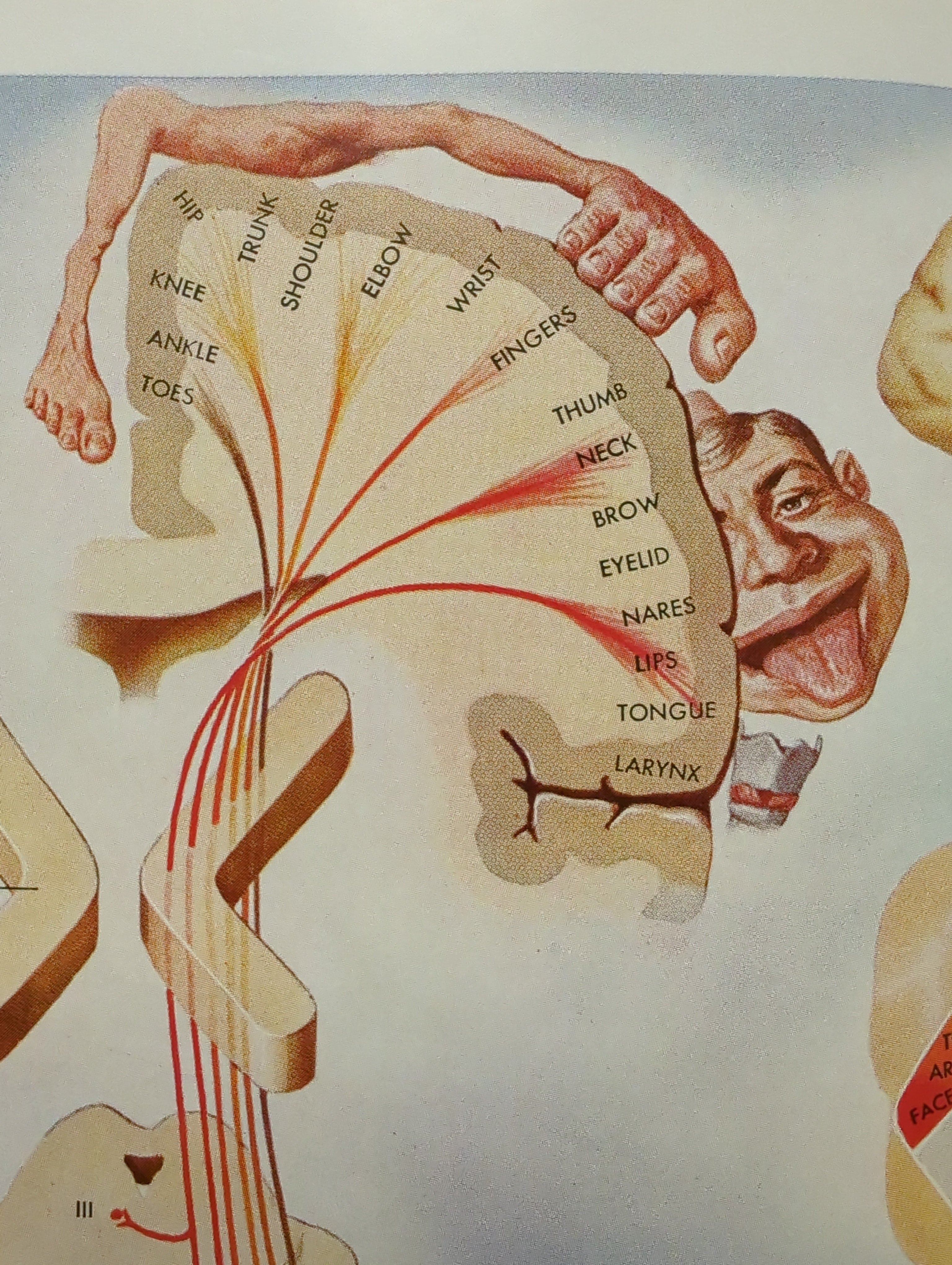

I got a couple Rubik’s cubes for my kids a few years ago for nostalgia and they didn’t want anything to do with them once they realized it wasn’t easy to fix.
I tried to encourage them to keep plugging at it but they said “how am I supposed to do this if you can’t?” I realized they had a point so I downloaded an illustrated book that takes you step by step through the beginner method, and after a couple of hours I solved it!
I felt like I had climbed Everest and the first thing my kids did was scramble it again as soon as I showed them. That was the beginning of me getting into cubing as a hobby, and I have to say it’s one of the LEAST expensive hobbies I’ve ever been a part of!
Like with any hobby there are entry-level cubes and then enthusiast cubes that are more feature-rich and expensive. But the Delta between the two is surprisingly small. The cube that I use the most is one that has won world records and it was about $20 I think?
I have bought several variations of the 3X3 and other form factors. I have also bought a few as gifts as well as a Bluetooth connected cube with an accompanying robot and I don’t think I’ve spent more than $300-$350 total for the lifetime of the hobby.
That said you could easily be competitive with a world class cube, a timer, a mat, and some “Cube Lube” for maintenance all for about $60-$80 no prob. It’s about the only hobby I have my wife fully endorses, lol.








Yeah, it’s cheap. Sorry for the lack of clarity and brevity. Lol.
I couldn’t get any faster than about a minute and a half using the beginner method so I decided to try learning CFOP. At first I got way slower because there are more algorithms to remember but I saw how some others have modified it a bit to make it simpler and practiced when I could (i.e. watching TV like you lol) and now I can solve it in about a minute.
That’s clearly not competitive in any way but I’m really just competing against myself so I’m happy with any Improvement. That’s light years better than where I started and to people that don’t know there are 11-year-olds online doing it in 8 seconds, my one minute is pretty impressive! 😂 Happy cubing, my friend!